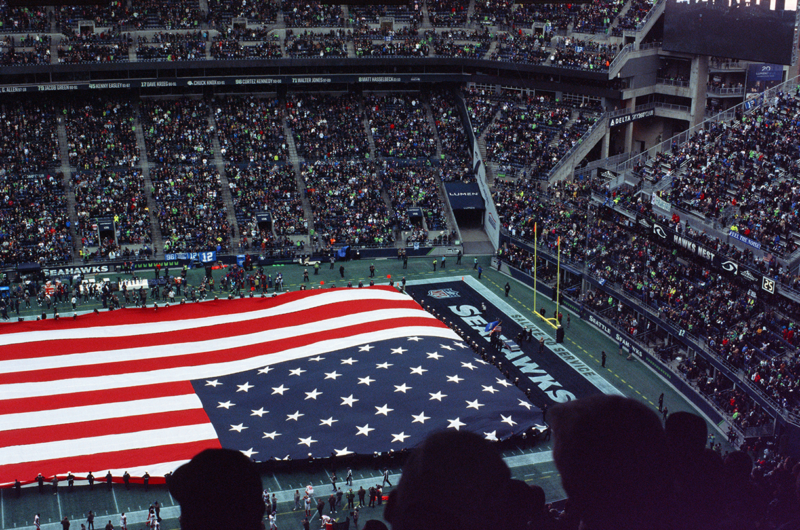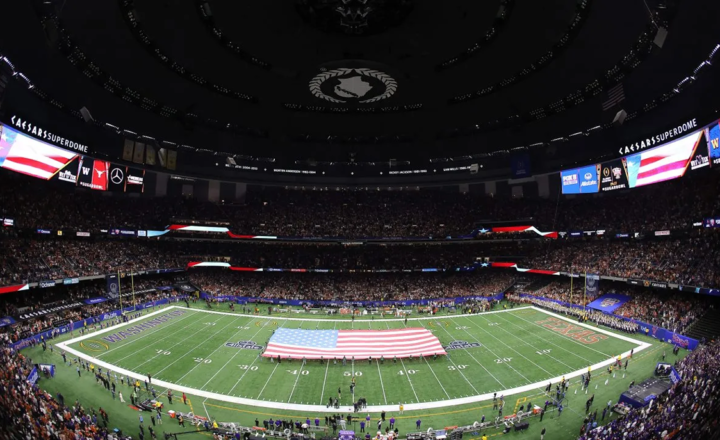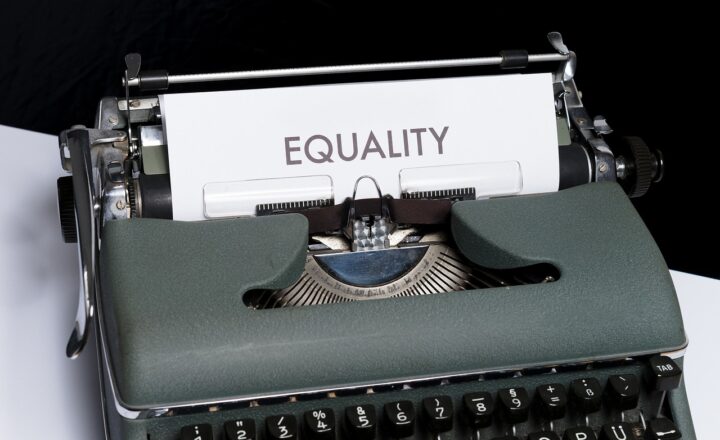
The Super Bowl has grown beyond a mere sporting event into an annual spectacle that captures the attention of millions worldwide. It’s a day when people gather, not only to witness a football game but to indulge in a festival of commercials, performances, and shared traditions. From its inception, the Super Bowl has evolved in ways that reflect changes in American culture, media, and society as a whole.
Origins of the Super Bowl (1960s)
The origins of the Super Bowl can be traced back to the intense rivalry between the National Football League (NFL) and the American Football League (AFL). Founded as separate entities, the NFL and AFL competed fiercely for players, fans, and revenue. As tensions grew, the idea of a championship game between the leagues took root, eventually leading to a merger that would form the foundation of today’s Super Bowl. Visionaries like Lamar Hunt and Pete Rozelle were instrumental in realizing this vision, transforming what began as a simple championship match into a grand spectacle.
The Golden Age of Super Bowl Advertising (1980s–1990s)
While the Super Bowl has always attracted viewers for the game itself, the 1980s saw the rise of another spectacle: the commercials. As the event’s audience grew, advertisers recognized the unique opportunity to reach millions in a single night. This led to the birth of the iconic Super Bowl ad, with companies like Apple and Coca-Cola creating commercials that would become etched in popular culture. By the 1990s, the Super Bowl had established itself as an unofficial battleground for brands, where a single commercial could make or break a year’s advertising strategy.
Super Bowl Halftime Shows: Evolution of a Spectacle
Originally featuring marching bands and other modest performances, the Super Bowl halftime show has transformed into a world-class entertainment event. This shift began in earnest during the early 1990s when producers realized the potential of drawing in larger audiences through popular music acts. Performers like Michael Jackson, who graced the stage in 1993, set a new standard for halftime entertainment. Today, the halftime show is often as anticipated as the game itself, with past performers like Prince, Beyoncé, and Lady Gaga delivering unforgettable performances that resonate long after the final whistle.
The Super Bowl’s Role in Social and Political Conversations
Over the years, the Super Bowl has reflected the social and political climate of the times. From messages promoting patriotism to performances that have highlighted racial and gender issues, the Super Bowl often mirrors the larger conversations happening in society. One notable instance was during Super Bowl LIII, when former NFL quarterback Colin Kaepernick’s activism led to a significant national conversation about racial justice and freedom of expression in sports.
Economic Impact of the Super Bowl
The Super Bowl is more than just a game; it’s a major economic engine. Hosting the Super Bowl can bring a financial windfall to the host city, thanks to increased tourism, job creation, and consumer spending. The NFL itself generates billions in revenue from ticket sales, sponsorships, and broadcast rights, reinforcing the event’s role as a pillar of American economic activity. Moreover, companies spend millions for a mere 30 seconds of ad time, underscoring the event’s unparalleled advertising value.
Super Bowl Traditions and Rituals
From tailgate parties to Super Bowl squares, the traditions surrounding the Super Bowl are almost as iconic as the game itself. Fans across the country don their team’s colors, prepare feasts, and gather with family and friends, creating a sense of community and celebration. In many ways, the Super Bowl has come to represent an unofficial holiday, marked by rituals that bring people together, regardless of their level of interest in football.
The Super Bowl’s Global Reach and Future Prospects
While the Super Bowl remains deeply rooted in American culture, its influence has spread far beyond the United States. The event now draws viewers from around the world, with NFL initiatives like the International Series helping to fuel global interest in American football. As the NFL looks to the future, technological advancements such as virtual reality and enhanced streaming options promise to make the Super Bowl even more accessible and immersive for fans everywhere.
Conclusion
The Super Bowl is more than just a game—it’s a reflection of America itself. Through its evolution, it has mirrored societal shifts, championed innovation, and created a legacy of entertainment that transcends sports. As the Super Bowl continues to grow, it will undoubtedly remain a centerpiece of American culture, captivating audiences for generations to come.





